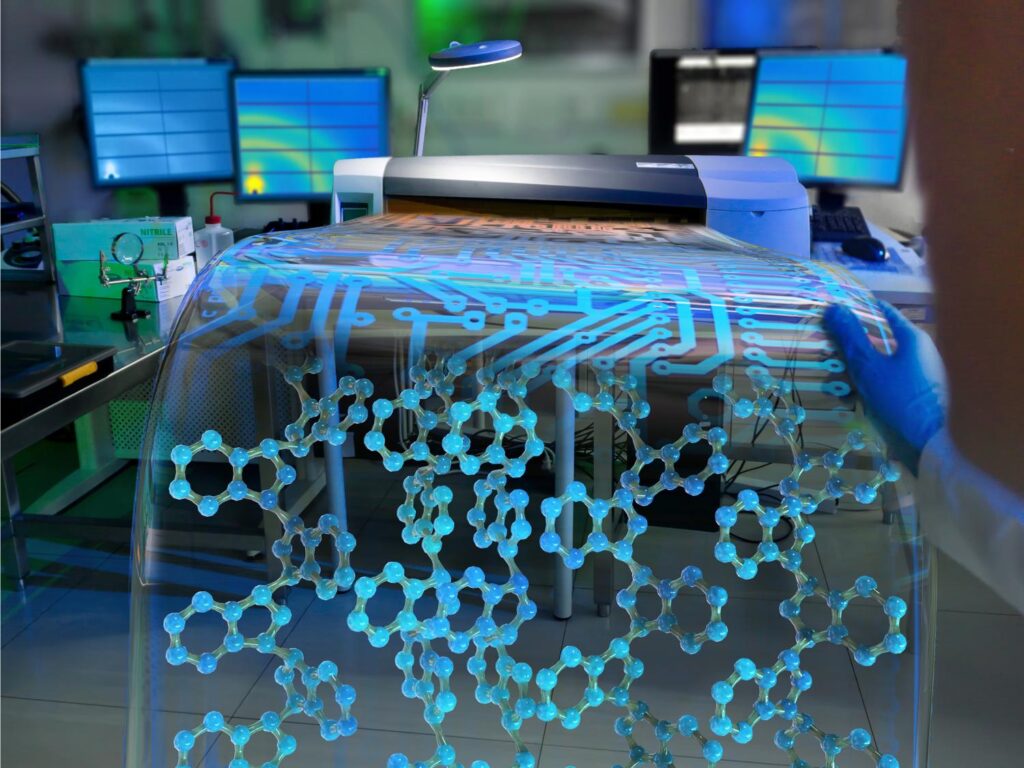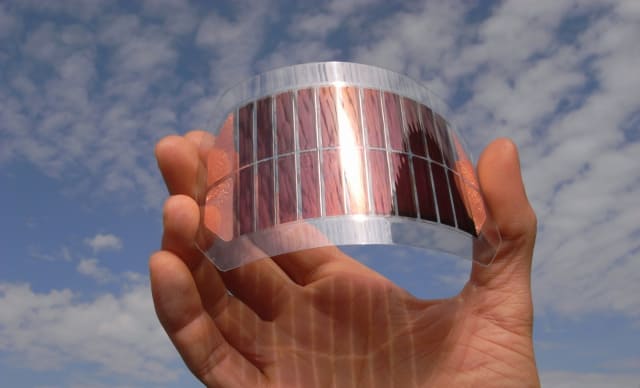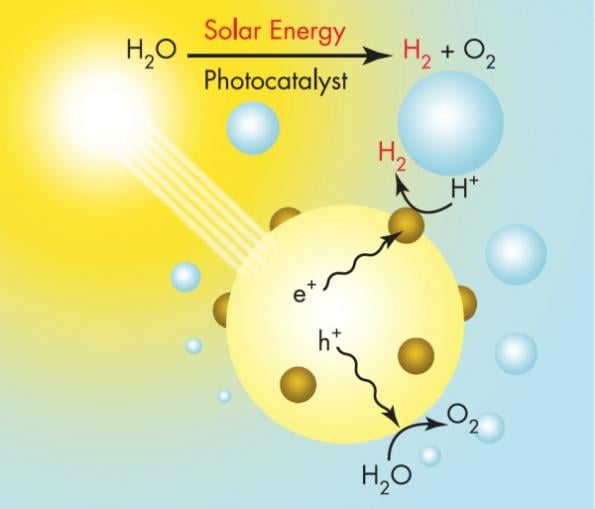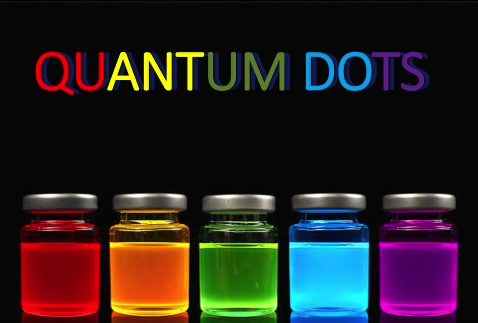Applications Notes / Bulletins
Trokut Solutions caters to widest range of applications in the field of Scientific Research and Industry
Browse Ultrafast Transient Spectroscopy Technical Bulletins

Non-stoichiometric Cu2-xS Nanocrystals (NCs) have been synthesized by hot-injection method after changing copper to sulphur ratio. Optical studies confirmed well defined localized surface plasmon resonance (LSPR) absorbance band from near-infrared to mid-infrared arising due to p-type hole vacancy in the doped semiconductor.
To understand ultrafast plasmon dynamics of Cu2-xS NCs Femtosecond broadband (visible-near IR) pump-probe spectroscopy have been employed. Ultrafast plasmon dynamics of the Cu2-xS NCs have been monitored after changing composition (copper to sulphur ratio), pump wavelength and laser intensity. At moderate pump power hole-phonon relaxation time constant has been observed to be in the range of 240-440 fs for Cu2-xS NCs depending upon pump wavelengths (400 nm, 800 nm).
Keywords :
- Cu2-xS Nanocrystals.
- Surface plasmon resonance.
- QD Solar Cell.
- Transient absorption spectra.
Ultrafast Plasmon Dynamics and Hole-Phonon Coupling in NIR Active Non-Stoichiometric Semiconductor Plasmonic Cu2-XS Nanocrystals

Donor-π-acceptor conjugated polymers form the material basis for high power conversion efficiencies in organic solar cells. Large dipole moment change upon photoexcitation via intramolecular charge transfer in donor-π-acceptor backbone is conjectured to facilitate efficient charge-carrier generation. However, the primary structural changes that drive ultrafast charge transfer step have remained elusive thereby limiting a rational structurefunction correlation for such copolymers. In this paper Researchers from TIFR use structure-sensitive femtosecond stimulated Raman spectroscopy to demonstrate that π-bridge torsion forms the primary reaction coordinate for intramolecular charge transfer in donor-π-acceptor copolymers. Their work establishes a phenomenological gating role of bridge torsions in determining the fundamental timescale and energy of photogenerated carriers, and therefore opens up dynamics-based guidelines for fabricating energy-efficient organic photovoltaics.
Keywords :
- Ultrafast charge transfer.
- FSRS.
- Efficient charge carrier generation.
- Organic Photovoltaics.
Ultrafast bridge planarization in donor-π-acceptor copolymers drives intramolecular charge transfer

Gold nanorods have been receiving extensive attention owing to their extremely attractive applications in biomedical technologies, plasmon-enhanced spectroscopies, and optical and optoelectronic devices. Due to their incomparable light-to-thermal energy conversion efficiency, and their ability to load and deliver a variety of anticancer drugs, Gold Nanorods have a promising future in Photothermal therapy (PTT) for Cancer treatments.
In attached paper, researcher from NPL talks about probing of the electron transfer studies between aqueous solution and gold nanorods (Au NRs) using Ultrafast transient absorption spectroscopy.
Keywords :
- Gold Nanorods.
- Electron Transfer study.
- Surface plasmon resonances.
Ultrafast Transient Absorption Spectroscopy of Gold Nanorods in an Aqueous Solution

The size-tunable optical and electronic properties, photostability, and solution-based synthesis and processability of semiconductor nanocrystals, also known as colloidal quantum dots (QDs), have motivated research into their suitability for a wide variety of applications, such as photovoltaic cells, photocatalysts, light emitting devices, and biosensors. In particular, QD-LEDs have the potential to be the basis of highperformance displays, offering a wide color gamut, high contrast ratio, and the high resolution (pixel density) needed for mobile and automotive devices as well as the scalability needed for large-area display applications. However, the most extensively studied and used QDs for these applications contain intrinsically toxic elements such as Cd and Pb, which is a concern due to the potential environmental and public health impact. The attached paper explores the potential of non-toxic Zn3N2 Colloidal Quantum Dots for for QD-LED Displays.
Keywords :
- Zn3N2 Colloidal QD.
- Non-toxic QD's.
- Transient Absorption data.
Confinement Effects and Charge Dynamics in Zn3N2 Colloidal Quantum Dots: Implications for QD-LED Displays

Perylenediimides (PDIs) have emerged as potential materials for optoelectronic applications.
Low-temperature solution-processable organic semiconductor materials are the requirement of current time for low-cost large area fabrication of organic electronic devices on flexible substrates. Compared to p-type organic semiconductor materials, n-type materials are relatively fewer and mainly focused on fullerene and its derivatives.
Rylene materials have got great attention in recent years, and several reports are available for their applications in organic electronic devices. Specially, perylenediimides (PDIs) have shown their potential to be used in organic electronics such as OLED's, OFETs, organic solar cells etc. However such PDIs also possess some drawbacks like limited solubility, poor fluorescence, and trapping of excitons in organic solar cells.
The attached paper explores such PDI derivatives with excellent solubility and photophysical and electronic properties having potential n-type materials to be used in organic electronic devices.
Keywords :
- Perylenediimides (PDIs).
- Organic electronic devices.
- Soluble PDI's.
- Time-resolved absorption studies.
Facile Synthesis and Evaluation of Electron Transport and Photophysical Properties of Photoluminescent PDI Derivatives

Singlet fission is a process in which one of two adjacent organic molecules absorbs a single photon, resulting in rapid formation of one triplet state on each of the molecules. Theory predicts that if the two triplet states can separate and then generate two electron–hole pairs, the efficiency of a solar cell employing this material could rise from an upper limit of about 33 to 45%.
Electron spin dynamics of the two triplet states can produce singlet, triplet, or quintet states having zero, two, or four unpaired electrons, respectively.
In attached paper, researchers from North Western Univeristy have discovered that triplet–quintet-state mixing at room temperature can open a pathway that annihilates triplet states, potentially diminishing the performance of solar cells using singlet fission.
Keywords :
- Singlet Fission,
- Organic Solar Cell.
- Efficiency increase.
- Magnetic dependent TA Spectra.
Quintet-triplet mixing determines the fate of the multiexciton state produced by singlet fission in a terrylenediimide dimer at room temperature

Water splitting has been a goal of photoelectrochemistry for nearly a decade. Water splitting is a process that enables the production of hydrogen by direct water decomposition in its elements. Hydrogen generated from water splitting remains an innovative and potential route to produce green fuel using solar light. However, for this process to hold potential for application in future technology, several issues need to be resolved. One of the main problems is the low quantum efficiency of the reaction, which is not sufficient for practical application.
This paper talks about the enhancing of the quantum yield of O2 upto 270% using new sensitizer H22.
Water splitting with polyoxometalate-treated photoanodes: enhancing performance through sensitizer design


Quantum dots (QDs) are semiconductor nanoparticles with their sizes smaller than or close to their exciton Bohr radius. QDs have excellent optical properties and a wide application prospect in the light emitting diodes (LED), solar cells, display screens, and other areas of the optoelectronic devices.
CuInS2 based quantum dots are attractive candidates for biomedical & electronic applications and are emerging as low toxic materials for new generation lighting technology due to their broad and color-tunable emissions as well as large Stokes shifts.
The collapse of carriers into polarons strongly impacts properties such as charge transport, separation and recombination that are of fundamental relevance to opto-electronic devices such as photovoltaics.
In attached paper, a team from IISc Bangalore discuss about a method developed to observe the real-time process of the collapse of a wavefunction of photogenerated holes in CuInS2\CdS quantum dots (QDs) using ultrafast spectroscopy.
Keywords :
- CuInS2 QD's.
- Fluoroscence Upconversion.
- Localization of holes.
Temporal evolution of radiative rate reveals the localization of holes in CuInS2-based quantum dots

2-acetylindan-1,3-dione (AID) is a ß-diketone with an exocyclic double bond and has been shown to exist as exocyclic enol form in solution by various theoretical and experimental studies. Apart from being a bio-active drug molecule with antibacterial and anticoagulant activities, it is a promising chelating and sunscreen agent.
Excited-state intramolecular proton transfer (ESIPT) is one of the most successful model systems for the examination of complex proton transfer dynamics.
In this paper, researcher from University of Wurzburg have employed transient absorption from the deep-UV to the visible region and fluorescence upconversion to investigate the photoinduced excited-state intramolecular proton-transfer dynamics in 2-acetylindan-1,3-dione.
Keywords :
- ESIPT of 2-acetylindan-1,3-dione.
- Fluoroscence Upconversion.
- Complex proton transfer dynamics.
